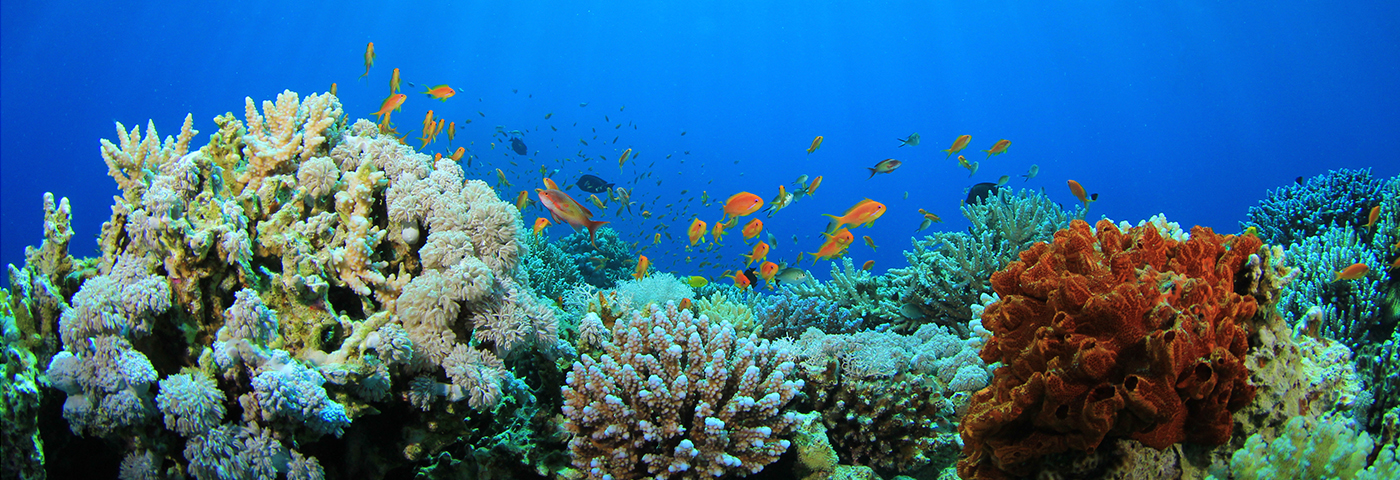The images from the impact of Hurricane Irma on Caribbean islands such as Barbuda are shocking. These are places whose beaches and coastlines epitomise what many of us imagine when we dream of a holiday. To see them stripped bare in the space of a few hours, knowing the rebuilding could take years, is a stark reminder of nature’s force.
How should we respond? Evacuate? Batten down the hatches? Build bigger, stronger, taller walls? It’s understandable that at times like this, many see our situation as a battle against the natural world. In fact, nature is our best friend, if only we can learn from her and work with her.
Over the last few years the Nature Conservancy has been studying the world’s coral reefs and coastal ecosystems, seeking to understand the many roles they play. They have learned that they provide a home for the fish that in turn provide sustenance and livelihoods for nearly 100 million people. And they provide $36 billion a year in economic value through the many tourism activities that take place on and around them.
Think of the regions in Irma’s path over the last few days. The eastern Caribbean gains over $500 million from tourism related to coral reefs each year. Some 68% of tourism revenue in the British Virgin Islands comes from on-reef tourism such snorkeling and diving. Over 60% of coral reefs in the Bahamas are used by tourists. And almost 75% of coral tourism revenue in the US State of Florida is from tourism that relies on the reef being nearby, for example through the fish, beaches and calm seas that result.
Most significantly, however, in the context of these most recent natural disasters, these reefs play an essential role in protecting against the most damaging effects of such storms. A healthy coral reef can reduce a wave’s energy by up to 97 percent before it hits the shore. Yet should we lose just the top one metre of a coral reef, the annual expected damages from global flooding more than doubles.
Around the world, says the Nature Conservancy, almost $6 billion of built capital is protected by coral reefs from flooding each year. In addition, just 100 metres of mangroves can reduce wave height by 66%. It is therefore estimated that when Hurricane Sandy hit in in 2012, coastal wetlands reduced the cost of flood damages by more than $625 million.
Having measured the importance of the reefs for tourism and the communities that live near them, the Nature Conservancy is now trialing a way to finance their protection. A few weeks ago, working with global insurers Swiss Re, they launched a pilot for the first-ever insurance scheme for a coral reef. Launching along a stretch of the Mesoamerican reef around Cancun and Puerto Morelos, Mexico, the new policyholders for the Reef and Beach Resilience and Insurance Fund will be the hotels who are both protected by and benefit from the attractiveness of the reef. Swiss Re will pay out to them following storms so they can repair their properties, the beaches and the reef.
“It’s clear that the tourism industry depends on coral reefs,” says Dr. Robert Brumbaugh, Director of Ocean Planning & Protection at The Nature Conservancy. “But now, more than ever, coral reefs are depending on the tourism industry.” Its innovative Reef and Beach Resilience and Insurance Fund epitomises this symbiotic relationship, reminding us that our future will not be found in working out how to protect against nature, but rather through learning to live in harmony with it.





I read this with interest and it struck me that, given the subject matter, Grenada may be worth a mention here, albeit with a slightly different angle. Briefly: Grenada endured Hurricane Ivan in 2004 (even though she sits outside the ‘hurricane belt’) and one project undertaken to ‘rebuild and recover’ was to create the world’s first Underwater Sculpture Park (USP) just off the coast. Designed by Jason deCaires Taylor, the art installations were deployed to provide a habitat for marine life impacted by the destruction by Ivan of reefs.
The USP endures as one of Grenada’s leading tourism attractions, is consistently repaired and added to, now sits within a marine protected area, and was listed by National Geographic as one of the Top 25 Wonders of the World.
GTA is a WTM exhibitor (stand CA135), our CEO and Minister for Tourism are both over for the show and open to interview/comment about sustainable tourism development.
Brilliant article! I think you sum it all up at the end – how both tourism and the reefs depend on each other for survival and sustainability.